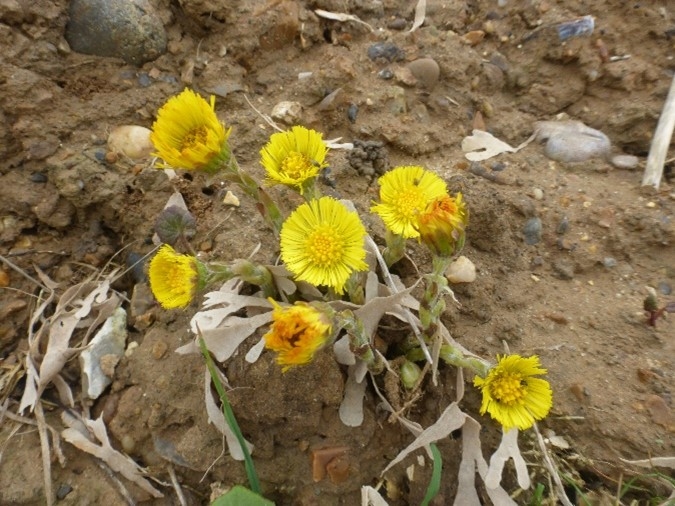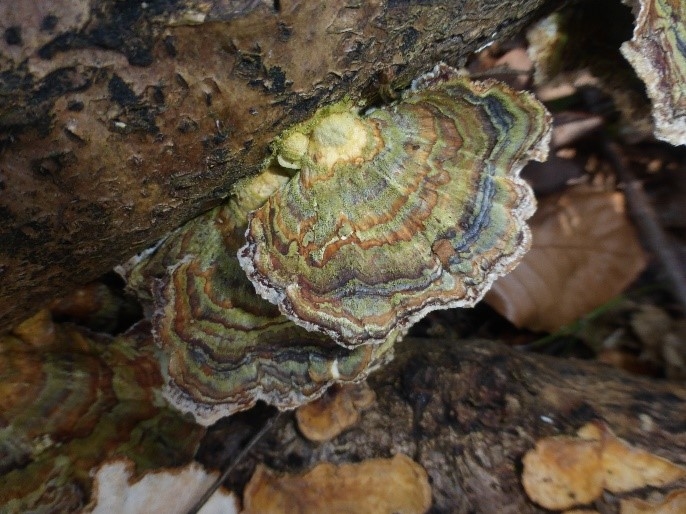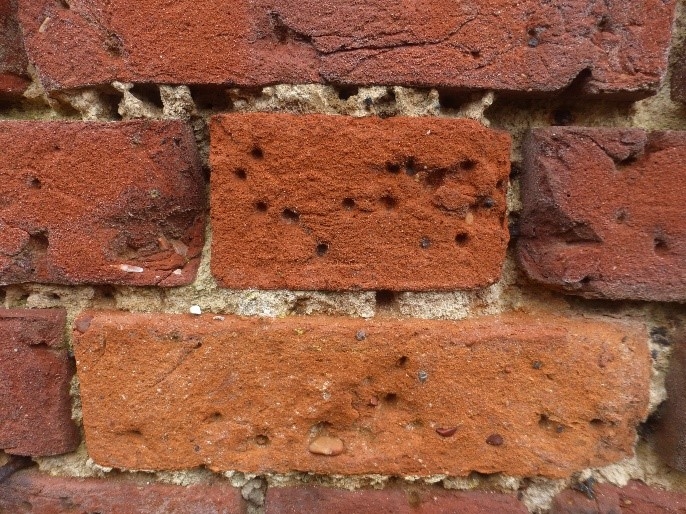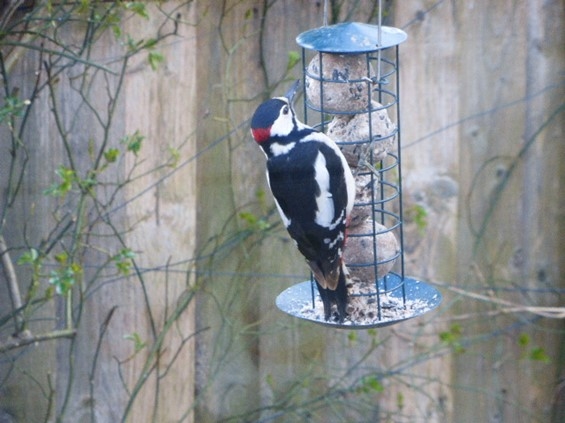The first half of March was so warm and full of encouragement (on the 6th I saw heatwaves across the field behind us!) but the last week or so has been a reminder that we are best not to pack away our thermals just yet. And although we are still getting some rain, it is very encouraging to see our fields dry enough for tractors to be on them again. Nature is driven by the biggest picture, and despite some minor variations, things go on as normal. I heard my second chiff chaff on the 2nd whilst walking the peninsula at Rutland and then again on the 12th. We were in Norfolk during the third week of March and there were chiff chaffs everywhere. Back home. I can hear one almost daily from the garden. The first osprey returned to Rutland bang on time, and each time there is heat, sparrow hawks can be seen soaring.

After spotting the first celandines last month, I noticed an explosion of them by the 12th, but the next “first” to search for is these – coltsfoot. I spotted these on the tumbling cliffs of north Norfolk. They love to grow on unstable, wet ground, but how? The cliff debris gets washed away by the tides, more cliff falls occur, but every spring they appear at the same position on the new falls of sandy soil. But how? The ground they’re growing on wasn’t there last year! However they do it, enjoy them, they won’t be there for long.

If you’re at the seaside it’s almost impossible to stray away from it, but we did just that. We took a walk through some woodland, and I couldn’t resist taking this picture. These are Turkey Tail, bracket fungus. Quite common, but it’s hard not to stand and admire. Are those coloured rings similar to growth rings in a fish scale? Is the colour that gets fixed into the body a sign of the chemical composition at that particular moment?
Away from the undergrowth, on this particular day the sun blazed glorious, and at every sunny clearing we spotted brimstone butterflies. There seemed to be a pair at every turn of the path. In one clearing they were constantly harassed by an early comma. We were fortunate that our intended route beyond the wood was blocked. We were forced to retrace our steps and re-enter the woodland at a different point. And what luck! First, we came across a flock of noisy siskin. Always chattering to each other whilst feeding on birch or alder catkins, always high in the trees, but always so rewarding when you spot them. Second, a little further on, a small flock of larger birds caught my attention. By now we were into a coniferous section, and my immediate thought was crossbills. Yes, right at the very top were three very obvious individuals, the male bright red in the sun. It’s easy to take for granted their flight calls, as the flock moves from tree to tree looking for the best cones. If you do get the chance, check out their beaks and think about the evolution required to develop this level of technicality, perfectly designed for getting the seeds out of those pine cones.

A couple of pictures now that illustrate how nature can be spotted right on your doorstep. We cannot all be fortunate to have a walled garden half the size of a football field, but the National Trust do seem to be well blessed in this regard. These are cosseted little numbers, and why wouldn’t wildlife take advantage. This picture is a close-up of a south facing wall. It was completely covered in these little holes. I guess mason bees of some sort are responsible for them. The whole wall looked like a dart board. And away from the walls, goldfinches were trying to get a nest started in a barren fruit tree.

On the first of each month I start a new bird list. It was too wet to play out, and like all little boys who want to be outside, I checked the weather every ten minutes or so. The showers were heavy, but intermittent, and by the end of the day I had recorded 22 species of birds without even going outside! I hadn’t seen a spotted woody for some time, but all month they have been extremely noisy in my garden. On that day, both male and female visited the fat balls. The red patch on the nape indicates that this is the male. On the 26th, there were four(!) chasing about in the tree-tops.
I notice that we now have three robins in the garden, and there is no evidence of hostility. Other notable sightings this month have been badger and muntjac on the trail camera, Stitchwort in the woodland margins, blue tits chasing great tits away, a bee hoverfly, a Chinese water deer, a brambling, cowslips almost out and drumming of spotted woodies. One striking spot – well two actually – totally white pheasants! I’ve never noticed one before, but I saw two in Norfolk, and another in Rutland. You can’t miss them. My garlic has just come into flower.
So, what next? No swallows here yet, but the first won’t be long. Blackcaps singing? Willow warblers? Bluebells? Yellow wagtails? Blue tits in my nest box? Yes, all of these within the next few weeks, but many more besides. I haven’t seen a sand martin yet.
Late Extra! On the 28th a blue tit visited both my nest boxes, presumably undecided where to make their nest. On the 29th the annual maintenance of the entrance hole began. Not by me, but the tit pecking and pulling away any splinters.
On 30th he (or she) was trying some nesting material through the hole. He seems to have settled on the “old” box, but is a little nervous about its new position. He keeps arriving at the hole with some nesting material, popping in, and from the inside pushing the material out and pulling it back in. He repeats this several times, and I wonder if he is checking that the edges are smooth enough not to catch hold of it, because he then leaves the material and resumes the pecking. It’s better than tele! It’s a tight squeeze and he has to wriggle when coming out. Too much “Superior” fat ball, I think.
A few days away and when I return, the progress of spring will again be so much more obvious.


